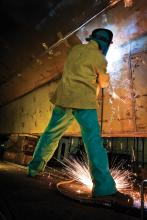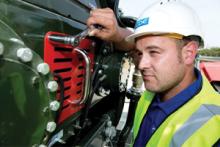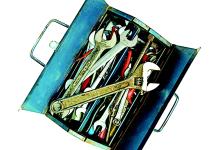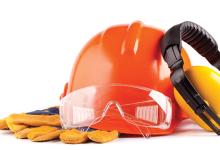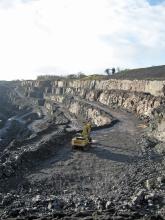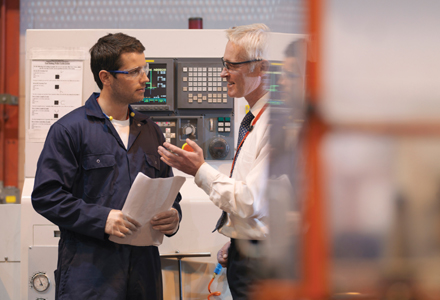
While maintenance can help prevent accidents caused by unsafe equipment, it is also a high risk operation that can place workers in danger
Common perception is that a well maintained site is a safe one, and that may well be true but, without proper plans in place, carrying out maintenance can also present considerable hazards to operatives. Good maintenance is essential to keep machines and work environment safe and reliable but maintenance itself is a high-risk activity and has to be performed in a safe way, with appropriate protection of maintenance workers and other people present in the workplace.
According to the European Agency for Safety and Health at Work (EU-OSHA), statistics show that 10 to 15% of all fatal workplace accidents in Europe are linked to maintenance operations. Nonetheless, EU-OSHA director Jukka Takala believes that with the right strategies in place, maintenance can increase occupational health and safety standards..
"These strategies include ensuring management is committed to a safety culture and the provision of clear working procedures, involving employees in safety, conducting a risk assessment and safety training, as well as implementing preventive measures," he said..
It is this message that EU-OSHA has been working to spread through its two year Healthy Workplaces Campaign, which focuses on safe maintenance.
"Maintenance is critical to ensure continuous productivity, to produce products of high quality and to keep company's competitiveness," said Takala..
Subcontractors
One of the factors that increases the risk associated with maintenance is that it is frequently carried out by subcontractors who may not be familiar with the site and may also be working antisocial hours to prevent the work impacting on production.
According to a survey conducted in 2005 in France, maintenance is the most subcontracted function in industry. An analysis of a French work accidents database shows that in 2002 maintenance employees were the second most frequent victims of accidents related to subcontracting, just behind construction workers.
An analysis of the results of the Spanish National Survey of Working Conditions (2007) indicates higher exposure of maintenance workers to noise and to hand arm and whole body vibrations compared to other workers.
According to EU-OSHA, although specific details of maintenance vary between industry sectors and depending on tasks, there are some common principles..
Planning is essential and should include a risk assessment that uses input from the workers themselves. The scope of the task - what needs to be done, and how it will affect other workers and activities in the workplace - needs to be considered along with safe systems of work and agreed lines of communication.
Once on site it is important to make sure that the work area is safe and secure by preventing unauthorised access, as well as ensuring power is locked-off, moving parts of machinery secured, temporary ventilation installed, and safe routes established for workers to enter and exit the work area.
It is worth spending time attaching warning cards to machinery, with the date and time of lock-off, as well as the name of the person authorised to remove the lock. This way, the safety of the worker performing the maintenance on the machine will not be jeopardised by another worker inadvertently starting it up.
Workers involved in maintenance tasks should have the appropriate tools and equipment, which may be different from those that they normally use. The work plan should be followed while on site and procedures need to be in place for unexpected events. Part of the safe system of work should be to stop work when faced with an unforeseen problem or a problem is outside the operator's competence - undertaking work without adequate training adds significant risk.
Once work is completed, a final check should be made to ensure that the equipment is ready to be restarted and all tools and workers are clear of the machines.
With correct planning and design of maintenance operations, the risks should be minimised before operatives start work on site and clear guidance on the expected process will help improve safety during the work.

